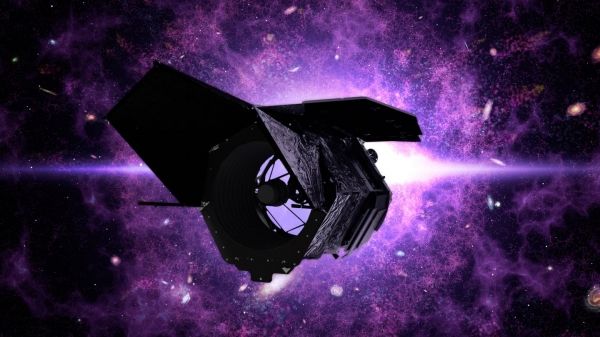When it launches in the mid-2020s, NASA’s Nancy Grace Roman Space Telescope will explore an expansive range of infrared astrophysics topics. One eagerly anticipated survey will use a gravitational effect called microlensing to reveal thousands of worlds that are similar to the planets in our solar system. Now, a new study shows that the same survey will also unveil more extreme planets and planet-like bodies in the heart of the Milky Way galaxy, thanks to their gravitational tug on the stars they orbit.
“We were thrilled to discover that Roman will be able to offer even more information about the planets throughout our galaxy than originally planned,” said Shota Miyazaki, a graduate student at Osaka University in Japan who led the study. “It will be very exciting to learn more about a new, unstudied batch of worlds.”
Roman will primarily use the gravitational microlensing detection method to discover exoplanets – planets beyond our solar system. When a massive object, such as a star, crosses in front of a more distant star from our vantage point, light from the farther star will bend as it travels through the curved space-time around the nearer one.
The result is that the closer star acts as a natural lens, magnifying light from the background star. Planets orbiting the lens star can produce a similar effect on a smaller scale, so astronomers aim to detect them by analyzing light from the farther star.
Read more at NASA/Goddard Space Flight Center
Image: High-resolution illustration of the Roman spacecraft against a starry background. (Credit: NASA's Goddard Space Flight Center)


